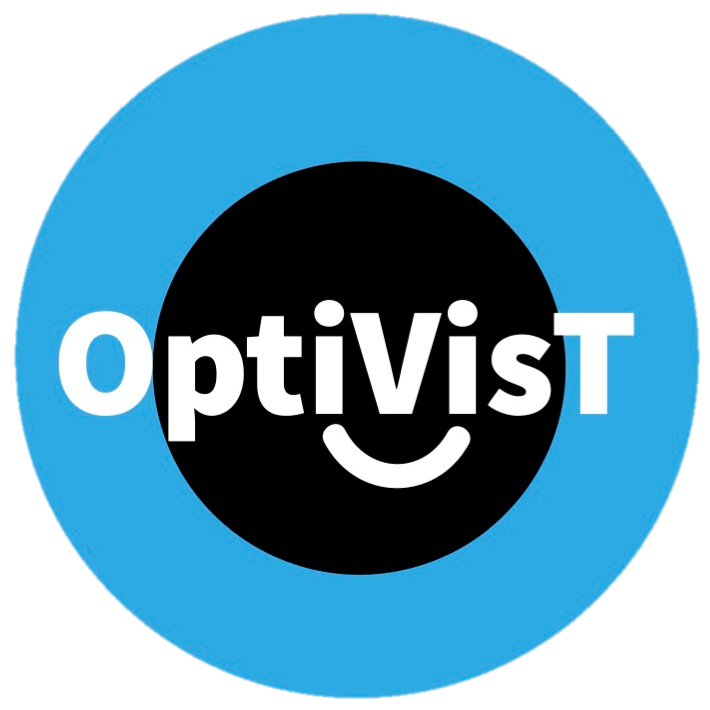PROJECT 5
Motion-sensitivity and other non-standard functional tests as predictors of functional vision in activities of daily living in glaucoma
Why? In clinical ophthalmology, visual function is primarily quantified with visual acuity and visual field measurements performed under standardized conditions. Albeit very useful for disease management, these quantities neither predict accurately functional vision in activities of daily living nor represent the strongest disease signal – other quantities or nonstandard conditions may be more suitable. Other quantities may be motion sensitivity, color vision, or contrast sensitivity; other conditions may be low, high, or changing luminance conditions, motion of the subject during the assessment, or dichoptic assessment.
How? The project focuses around the eye disease glaucoma, a disease with visual field loss as its hallmark but with a plethora of unexplained visual complaints and/or visual function deficits. Aim of the project is to link visual complaints to quantifiable visual function deficits. Visual complaints will be assessed with extensive questionnaires and actual measurements of performance on certain tasks; a wide range of visual functions will be measured with sophisticated psychophysics performed under various conditions. Resulting new assessment techniques should be both more informative and at least as easy to perform. This will be further evaluated during one of the secondments, at the International Paralympic Committee (IPC).
Where? You will join the Laboratory of Experimental Ophthalmology in the University Medical Center Groningen (Groningen, the Netherlands) which is closely related to the Department of Ophthalmology. The Department of Ophthalmology includes a large, tertiary glaucoma referral center. You will be supervised by Prof. Nomdo M. Jansonius, who is a professor in Ophthalmology and heads the Department of Ophthalmology of the University Medical Center Groningen. He has a special interest in glaucoma, perimetry, and physiological optics. In this project, we will collaborate with the International Paralympic Committee (DE) and the company FeelSpace (DE).
What can you expect to learn and experience? You will learn clinical ophthalmic assessment including perimetry and OCT, basic and complex psychophysics, assessment of daily-life functioning.
Who are we looking for? We are looking for a candidate with interest/knowledge in physiology, especially of the visual system, clinical care, physics, mathematics, and programming.
References
- Bierings, R. A., van Sonderen, F. L., & Jansonius, N. M. (2018). Visual complaints of patients with glaucoma and controls under optimal and extreme luminance conditions. Acta ophthalmologica, 96(3), 288-294.
- Bierings, R. A., de Boer, M. H., & Jansonius, N. M. (2018). Visual performance as a function of luminance in glaucoma: the de Vries-Rose, Weber's, and Ferry-Porter's Law. Investigative ophthalmology & visual science, 59(8), 3416-3423.
- Bierings, R. A. J. M., & Jansonius, N. M. (2019). Luminance and pedestrians’ perceived ability to see after dark: Mapping the Netherlands using a citizen science network of smartphone users. Lighting Research & Technology, 51(2), 231-242.
- Joao, C. A., Scanferla, L., & Jansonius, N. M. (2019). Retinal Contrast Gain Control and Temporal Modulation Sensitivity Across the Visual Field in Glaucoma at Photopic and Mesopic Light Conditions. Investigative Ophthalmology & Visual Science, 60(13), 4270-4276.
Project output
No output yet.

